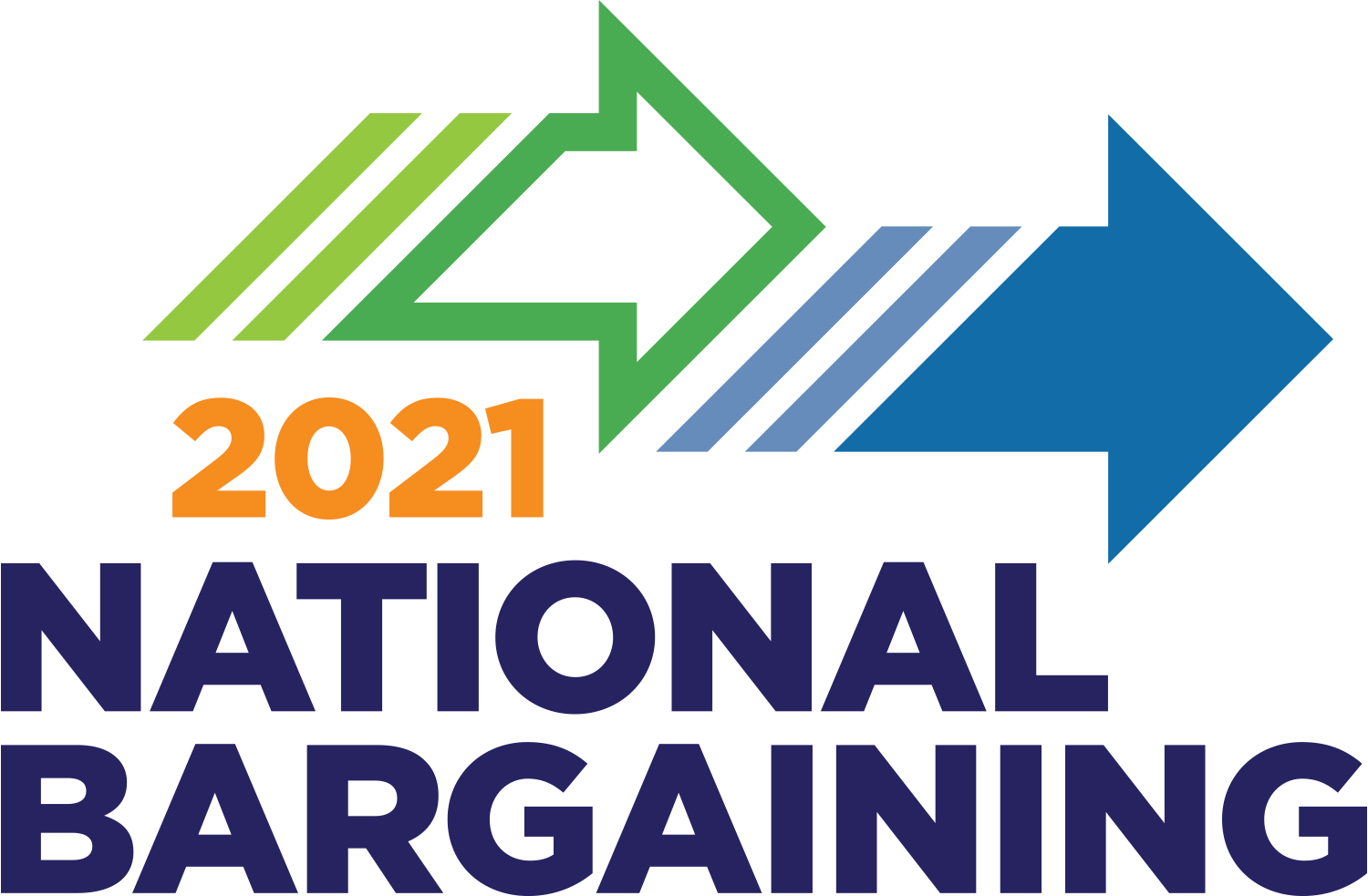Speak Up to Curb Patient Malnutrition
Bolder Communication Helps Diagnose Malnutrition
Dietitians play a key advocacy role for at-risk patients
After Northern California began a regional push in 2009 to improve the identification and diagnosis of malnourished patients, the Roseville Medical Center sought to put the plan to action.
The clinical nutrition team was partifcularly concerned because diet plays a key role in the body’s recovery.
This can be especially true for the elderly and patients with diabetes —two groups at the highest risk for malnutrition. Mary Hart, director of clinical nutrition for Roseville and Sacramento medical centers, says a lack of proper proteins and vitamins affects their ability to recover and heal.
And short hospital stays can be particularly challenging because most patients don’t stay in the hospital very long.
After sifting through the electronic charts of all admitted patients, the dietitians must spot patients “at risk” for malnourishment and reach them in time for a full evaluation and treatment—all before the patient is discharged.
While physicians are the only ones who can make an official diagnosis, they rely on clinical dietitians to assess the patient and alert the physician.
“We keep track of the number of patients who have met the criteria for clinical malnutrition, communicate that to the physician and follow up to see if (the patient) has actually been diagnosed,” Hart says.
The dietitians at Rockville put their assessments and recommendations into a patient’s electronic chart, but everyone did so a little differently.
So they standardized their process and language, which included bolding notes to doctors and speaking directly to them about potentially malnourished patients. Those simple steps made it easier for physicians to know what to look for, and diagnose accordingly.
“It helps because we can see them sooner and start nutritional management sooner and figure out how to refer them to outpatient care after they are discharged,” says labor co-lead and registered dietitian, SEIU UHW, Jennifer Amirali.
The team also piloted a KP HealthConnect tool that made it easier and quicker for clinical dietitians to identify at-risk patients. It pulls data from electronic medical records, and color-codes assessments, recommendations and final diagnoses between dietitians and physicians.
“There was more recognition (among physicians) of what a dietitian does other than just ‘serve food,’” Amirali says.
Hart agreed.
“(Physicians and administration) now see the important role of dietitians in the care team and what we can contribute to the organization and the health of the patient.”
For more about this team's work to share with your team and spark performance improvement ideas, download a poster or powerpoint.
